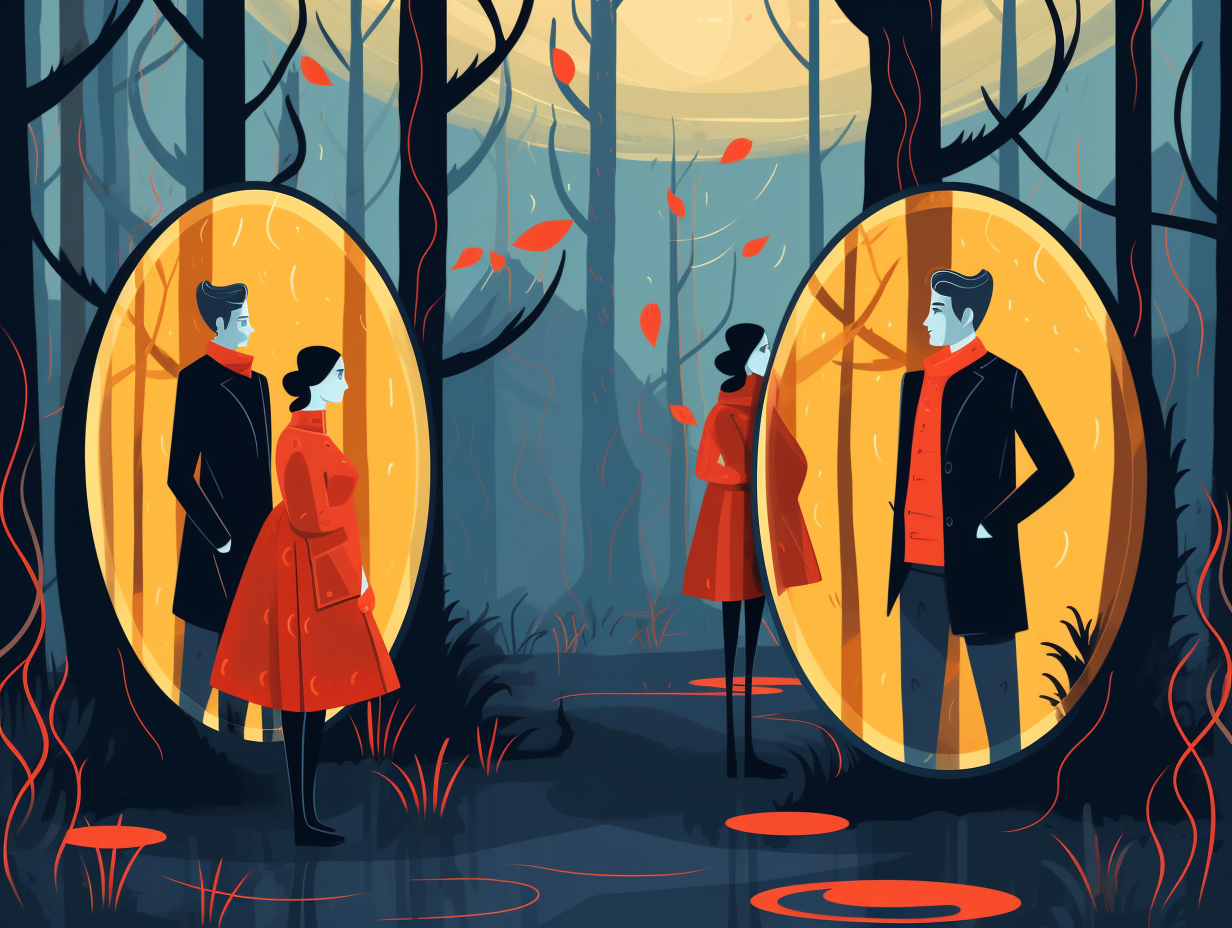Discover the Magic: Top 5 Mind-Bending Fun Facts About Illusions You Need to Know!

1. The Dancing Waterfall Illusion
Back in 1834, when the world was a wee Scottish lass, a chap named Robert Addams took a stroll to the Falls of Foyers and found more than just a classic "kilt in the wind" moment: he stumbled upon the motion aftereffect illusion! This quirky phenomenon, also known as the waterfall illusion, makes stationary objects seem to dance in the opposite direction after we've gazed at a continuously moving stimulus for a spell. What a hoot! It's now believed to be caused by motion adaptation, as fancy-schmancy neurons reduce their responses over time when exposed to such perpetual motion.
Source => en.wikipedia.org
2. Color-Changing Lighting Tricks
Feeling a bit gray today? Just change the lighting and you'll see things in a brighter hue: This is thanks to our brain's attempt at color constancy, which recognizes an object as having the same color despite changing illumination, sometimes leading to lightness illusions – just like in Rubin's vase illusion, where we see either a vase or faces, but not both simultaneously.
Source => slate.com

Did you know silver is the king of reflective metals, bouncing back 95% of light? Discover its shiny purpose in the Hubble Space Telescope and household mirrors! 🌟🔍
=> Fun Facts about Mirrors
3. The Movie Magic of Phi Phenomenon
Next time you catch yourself spellbound by the moving images of your favorite flick or toon, don't be fooled – it's all just a clever case of happy feet! In the dance of deception, the front-row star is none other than our old friend, the phi phenomenon: an optical illusion that tricks your brain into perceiving motion where none exists. The father of Gestalt psychology, Max Wertheimer, coined the term "φ-phenomenon" for all apparent movements. Although some argue that "pure φ" refers only to objectless movement seen on the big screen, one thing is for sure: flashing images before your eyes gives a sense of life to the two-dimensional party happening on-screen!
Source => wikiwand.com
4. Size-Boggling Ebbinghaus Illusion
Size ain't everything, it's how you use it—or, at least, that's what the Ebbinghaus illusion would have you believe, as it toys with our minds and twiddles with our sense of perspective in a masterful vanishing act only rivaled by a magician's rabbit: When it comes to this mind-boggling trickery, two identical circles appear to be drastically different in size due to their deceptive circular entourage, but mind you, the illusion's fiendish effectiveness may also be influenced by the distance of the surrounding circles, the completeness of the annulus, one's context-sensitivity, and even one's genetic makeup, so when it comes to reality versus the Ebbinghaus illusion, choose wisely.
Source => en.wikipedia.org

5. Kanizsa Triangle: Brain-Filling Gaps
No avian sorcery here, folks: The Kanizsa triangle illusion isn't about birds conjuring up invisible men, but rather our brains cleverly filling in the blanks to create the perception of a white triangle, all thanks to the sneaky placement of black circles and the power of stored knowledge and past experiences. So, give your brain a round of applause, but maybe not the wizarding hat just yet!
Source => kids.frontiersin.org
Related Fun Facts




















